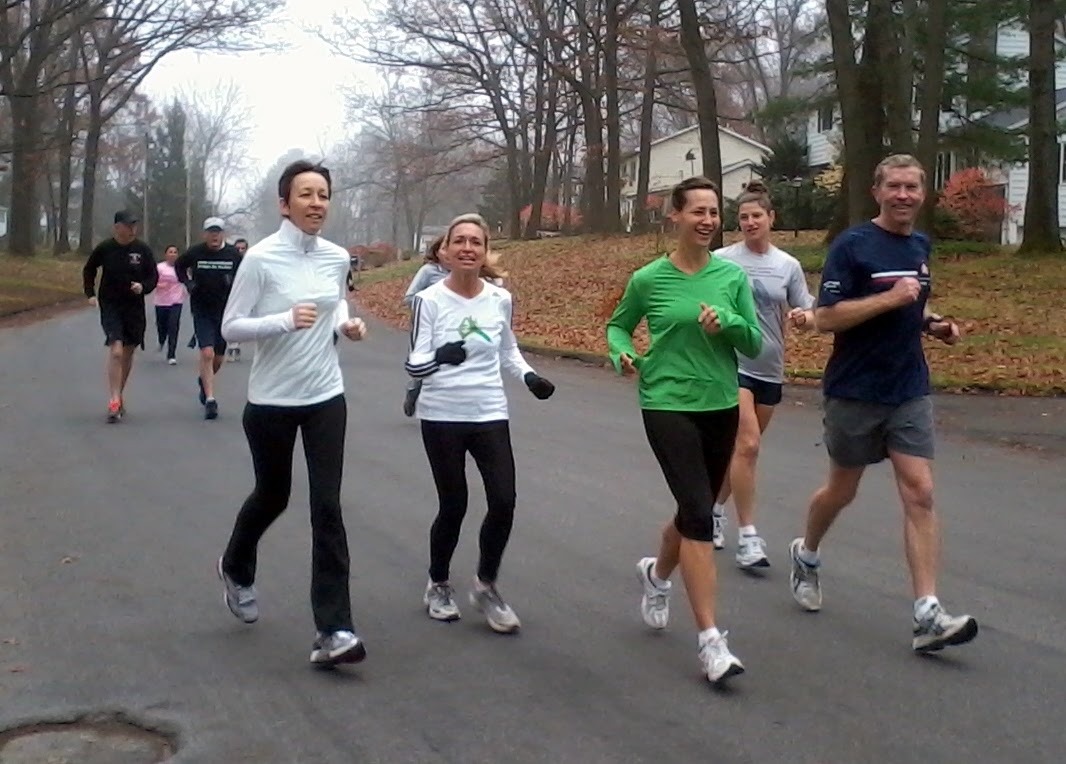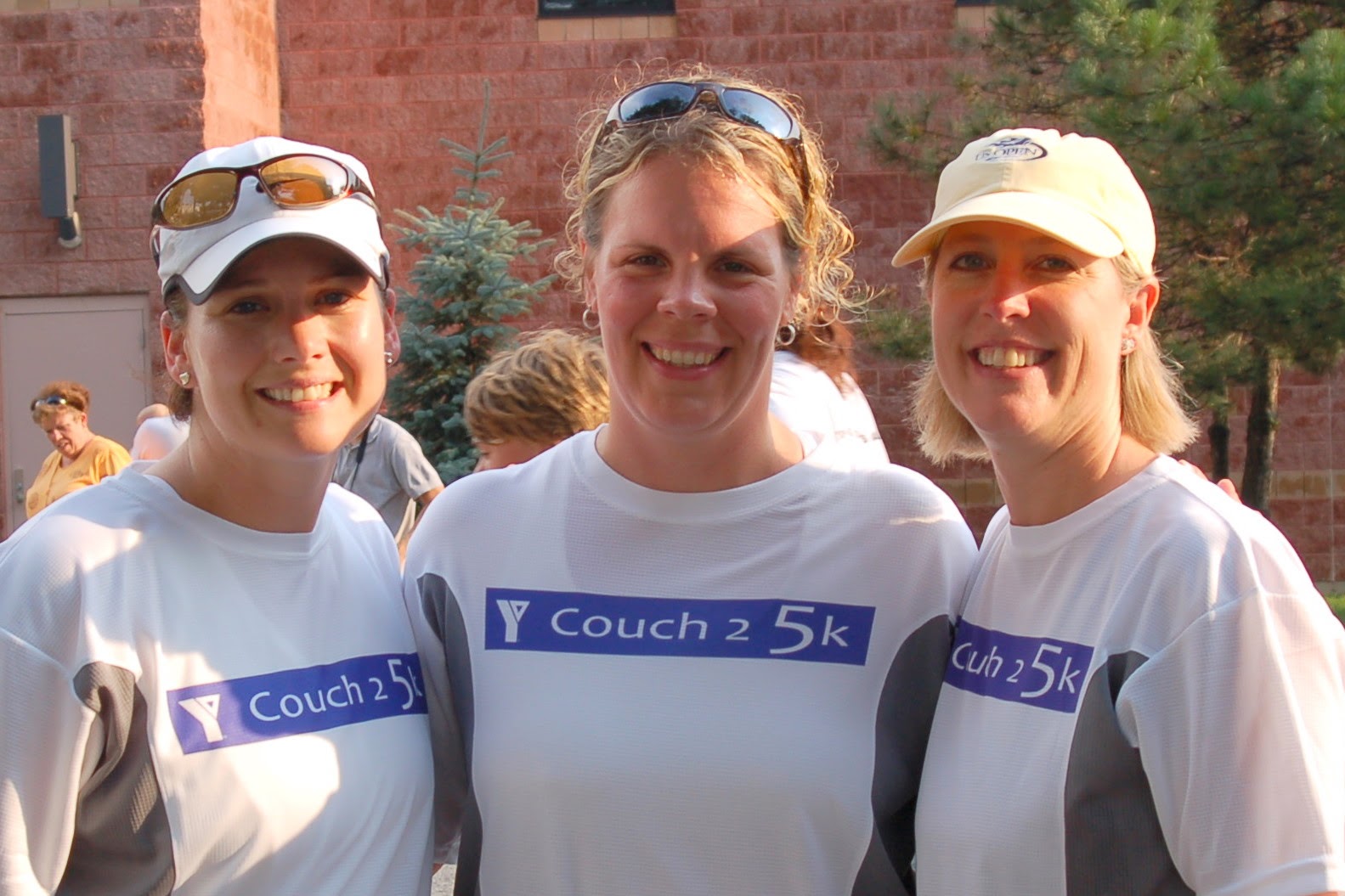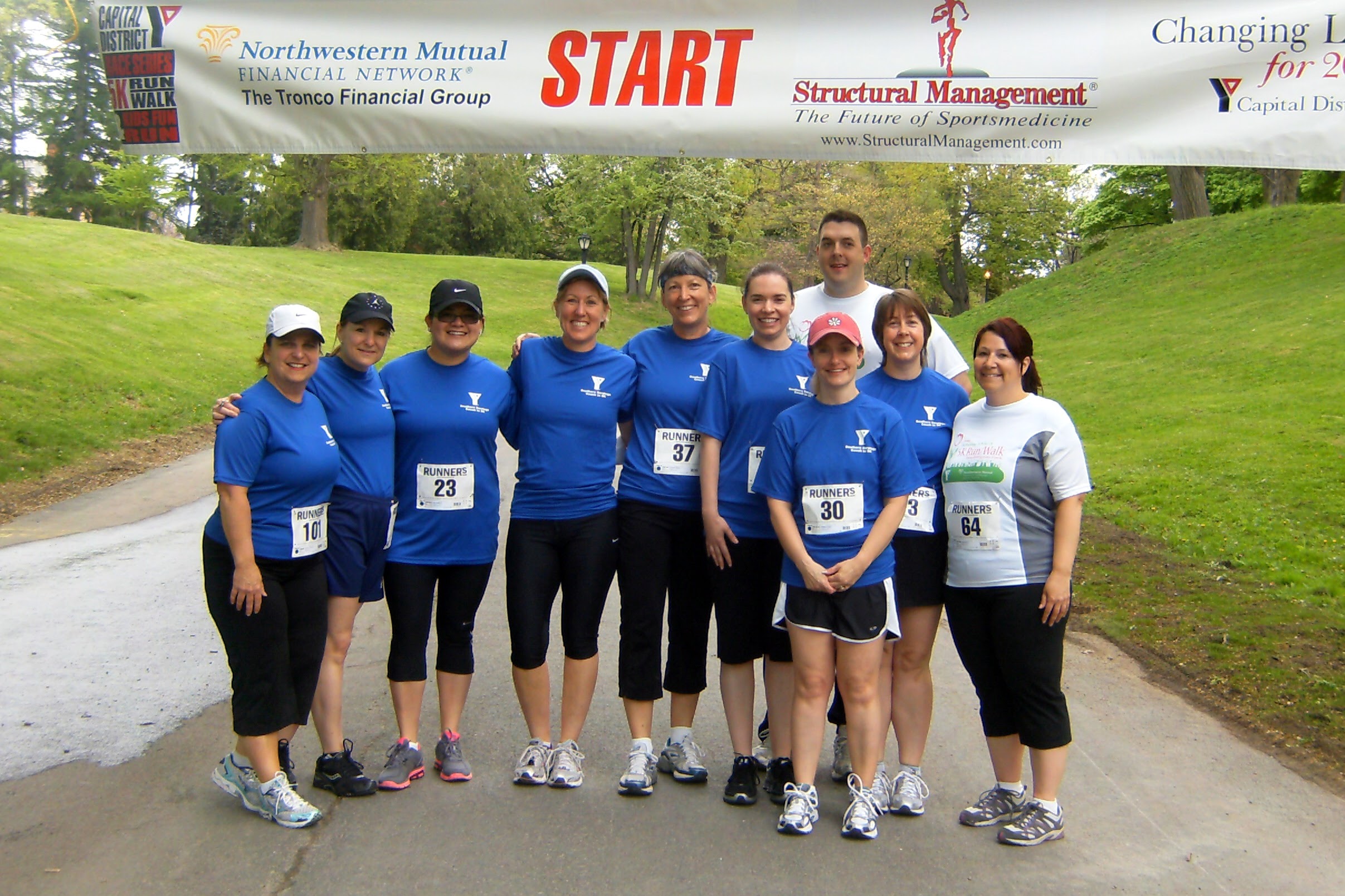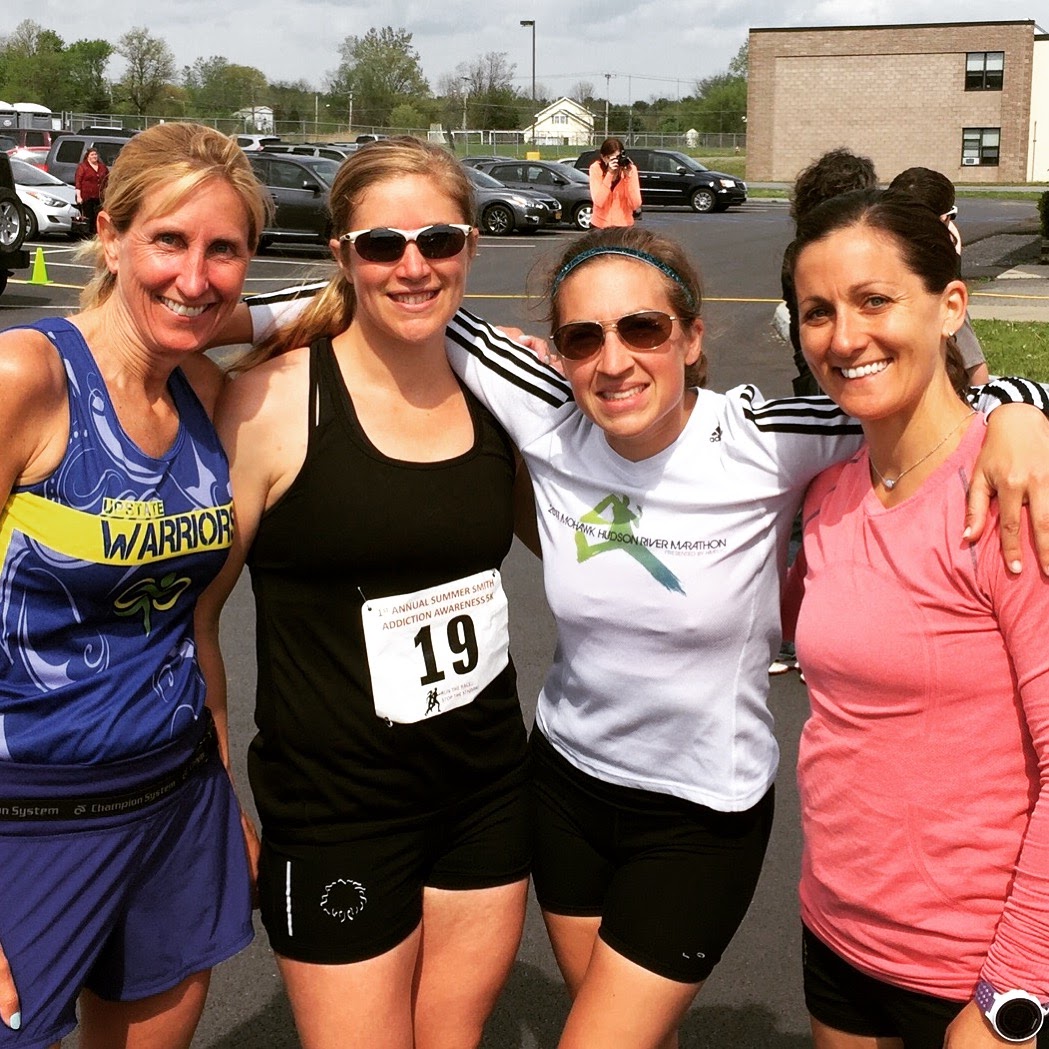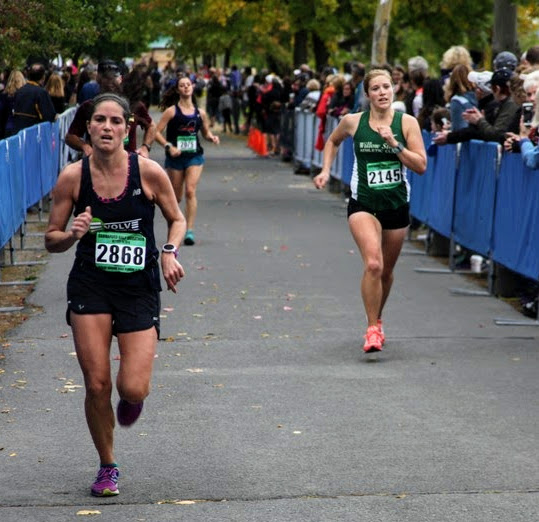Well recently these excuses landed me about 8 minutes late for a meeting and in turn put me on the floor without a chair. Sitting on the floor for an hour may ruin your day but for me it is a luxury. On the floor I can stretch my legs, switch my body positioning, and lean up against a straight wall. If I could have taken turns standing and sitting on the floor throughout the meeting that would have been heavenly.
Confined to a chair for an hour is just plan difficult for a body. Sure it is restful at first. However when you elongate and squish your hamstring for an hour and then repeat it hour after hour, you will end up pulling on the glute muscles, causing tightening, and next comes the leg pain, hip pain, back pain, neck pain, and so on.
Dr. Kelly Starrett in his book DESKBOUND; Standing Up in a Sitting World wrote, “When we sit for long periods, the muscles in our lower bodies literally turn-off and become inactive. Simultaneously, we automatically adopt positions that don’t utilize the critical muscles and connective tissues that stabilize and support our truck and spine. The result is compromised body function and it causes a multitude of common and pernicious orthopedic problems like back and neck dysfunction, carpal tunnel syndrome, and pelvic floor dysfunction.”
All too often I see runners who have tight hamstrings, glutes, and lower backs. I suggest sitting less with a mix of stretching throughout the day and finishing the day with a series of massage and stretching exercises that help the body loosen up and achieve.
How to Sit Less
Stand
Squat
Walk
Hinge
Play
Lay
My Real Life Examples
Gymnastics Waiting Room - Stand in the back of the room and listen to a podcast
30 Minute Soccer Practice Drive - When you get there walk and stand throughout the practice, reducing the amount of sitting you must do.
Board Meeting - Take a break every 30 minutes by standing up and walking to the other side of the room to get something. Sneak in small stretches.
Basketball Practice - Most schools now have tall tables in their lounge areas. Set up your computer or stand as you read a book.
Watching TV - Try rolling on your foam roller, laying down, sitting in the lotus position, or relaxing yoga poses.
To ease your body into the quick movement of running, begin with dynamic stretching, a moving stretch. Preform leg swings, trunk rotations, and lunges to increase your joint and muscle mobility. In addition, take short breaks to stretch throughout the day. Even one minute stretches often will make a huge difference. Improve your mobility with a massage and stretching protocol for 5-15 minutes each day. See Dr. Strarrett’s book Deskbound for mobility prescriptions.
SOLUTION
The decision to sit or not to sit adds up. Attempt to tip the balance towards less sitting and more moving.
For more about sitting less, read my 2016 blog post on the book Deskbound and sitting.
This 30 day series is a quest for me as a writer, coach, and runner. I promise to write about running for 30 days in a row. In doing so I intend to gain in knowledge and expression of running and daily life. My hope is that we all grow together.



